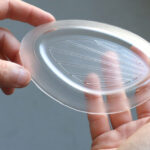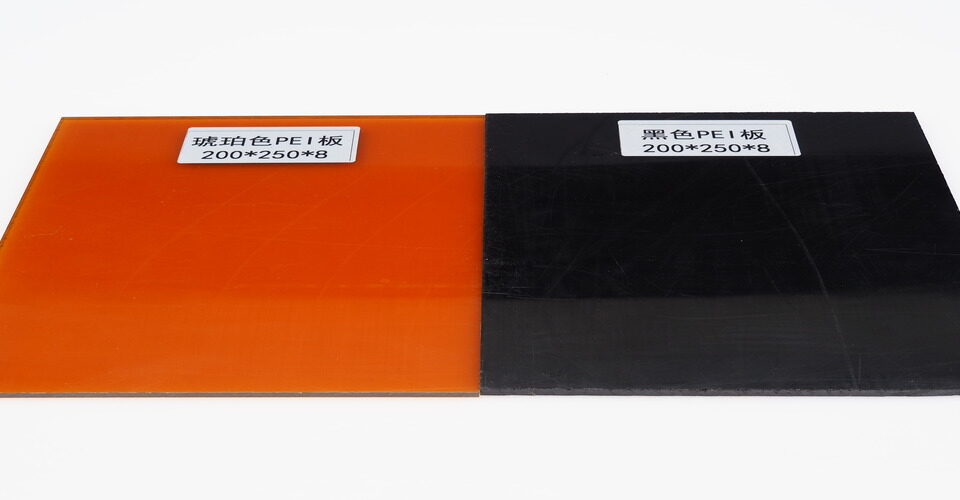
Is PMMA Plastic or Glass?
October 7, 2024
What is the Difference Between PMMA and Acrylic?
October 7, 2024Introduction to PMMA
PMMA, or polymethyl methacrylate, is a widely used synthetic polymer known for its clarity and durability. It’s commonly found in products like lenses, displays, and medical devices.
PMMA Composition
Chemical Structure
PMMA is made from methyl methacrylate monomers. When polymerized, these monomers create a stable and robust plastic, widely considered safe for various applications.
Additives and Impurities
Some PMMA products may contain additives that could affect toxicity. It’s crucial to consider the quality of the PMMA and any additives used during manufacturing.
Toxicity Concerns
General Safety
Research indicates that PMMA itself is non-toxic and does not leach harmful chemicals under normal conditions. It is often deemed safe for both industrial and consumer use.
Inhalation and Skin Contact
While PMMA is safe in its final form, inhalation of dust during manufacturing can be harmful. Skin contact with uncured PMMA resins should be avoided, as they may cause irritation.

Regulatory Status
Safety Assessments
PMMA has undergone various safety assessments by regulatory bodies, including the FDA. It is approved for use in medical applications, highlighting its low toxicity.
Environmental Impact
PMMA is not biodegradable, raising concerns about its environmental impact. However, its stability means it does not pose significant risks in terms of leaching toxic substances.
Conclusion
In summary, PMMA plastic is generally considered non-toxic when used appropriately. Awareness of specific applications and potential hazards is essential for safe use.






